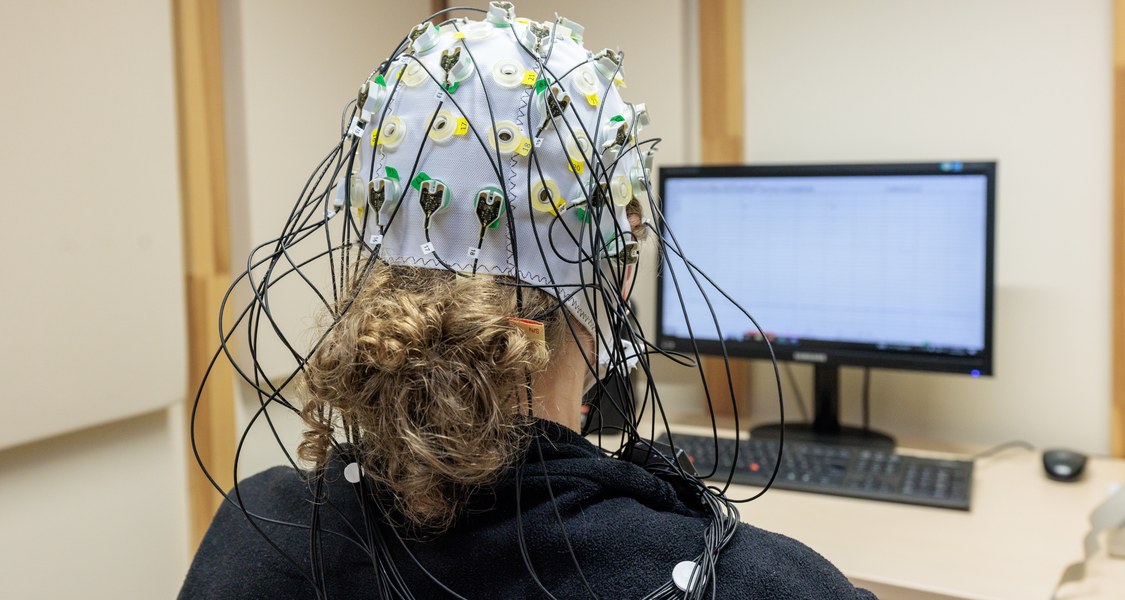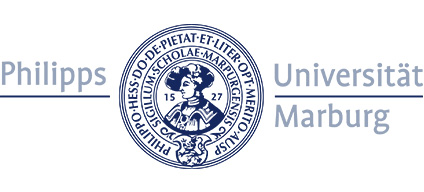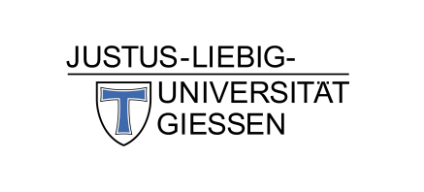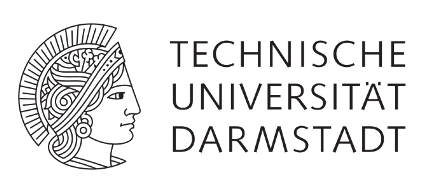04.04.2025 Conspicuously unobtrusive: weak language elements in focus
Linguist Professor Ulrike Domahs leads new research group on weak elements in language development

When we speak or learn a language, they are always there: tempo, melody and rhythm. Prosody means this complex interplay of linguistic factors between sounds and words. When this interaction is lacking, spoken language sounds monotonous at best; in the worst case, it can no longer be understood. While strong elements of prosody, such as stressed syllables and sounds or strong accents in the rhythm, are relatively well researched, the role of weak, unemphasized elements has so far been little explored. The new research group under Marburg’s leadership wants to change this.
Weak Elements in Phonology: Development, Processing and Modality - Weak Units in Phonology: Acquisition, Processing and Modality" is the name of the group which will be supported by the German Research Foundation (DFG) for the next four years with approximately 4.1 million euros.
„If you want to understand how language works, the University of Marburg is the right place. The recent success proves once again the excellence of our research in the profile areas "Language Dynamics" and Mind, Brain, Behavior and strengthens the University of Marburg in the competition for funding. I congratulate Ulrike Domahs and all those involved on this achievement", says Prof. Gert Bange, Vice President for Research at the Philipps-Universität.

Professor Ulrike Domahs, a neurolinguist from Marburg, is the group’s spokesperson. The research group is intended to lead to a better understanding of the functions of weak units in language development and processing," she explains. Results from a pilot study show that young children need some time before they can correctly produce unstressed syllables at the end of words. In some children, such difficulties last longer, which can have a negative impact on further language learning," says Domahs. Empirical research of the last decades has shown that prosody plays an important role in language learning and processing. For example, it has been shown that elements such as accent, rhythm and emphasis support the learning of words and the identification of word stems and phrase types in the first year of life. So weak syllables can carry important grammatical information, for example to singular and plural as in "sketches vs" sketch. When comparing prosodic systems in different languages, there are noticeable differences regarding weak and not primarily stressed elements. It is largely unclear how these elements contribute to the structure of prosodic systems and their processing.
The research group (FOR) wants to look at the topic from different perspectives and investigate the following questions:
- How are weak elements acquired under different conditions?
- How do they develop historically?
- Which neuronal processes are involved in their understanding?
- What role do they play in the measurement?
- How do they affect the processing of grammatical information?
- How does the language modality affect their acquisition and processing?
The research group brings together researchers from many different linguistic fields and uses a wide range of experimental methods to investigate the functions of weak elements. In addition to the researchers from Marburg, there are scientists from the University of Erfurt, the University of Mannheim, the Goethe University Frankfurt, the Johannes Gutenberg University Mainz and the German Institute for Adult Education - LeibnizInstitute for Lifelong Learning in Bonn and the Leibniz Institute for German Language in Mannheim. The results should contribute to a better evaluation of theoretical assumptions about prosodic systems, language development and the role of modality as well as didactics of spoken and written language.
Contact
Professorin Dr. Ulrike Domahs
Tel.: Phone: 06421 28-24675
Mail: Mail: ulrike.domahs@staff.uni-marburg.de
Institut für Germanistische Sprachwissenschaft
Philipps-Universität Marburg


